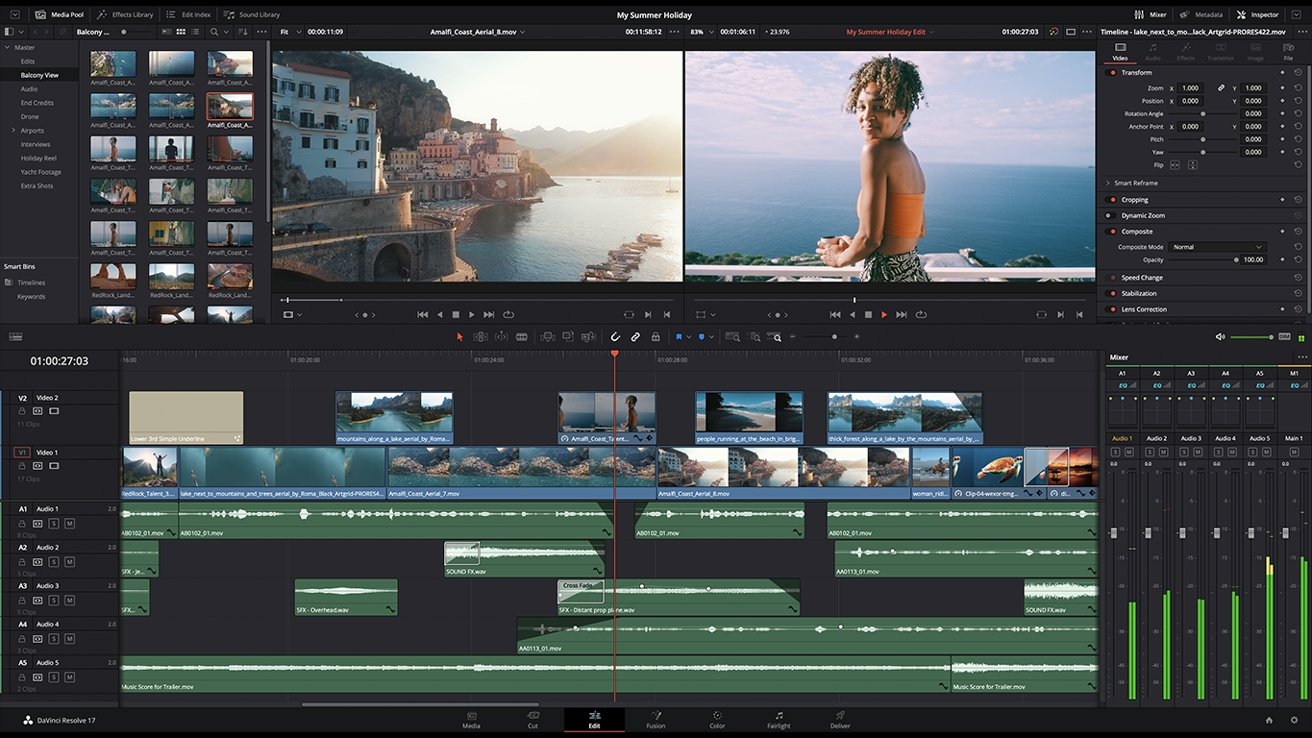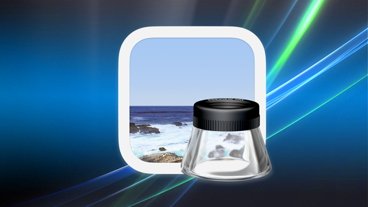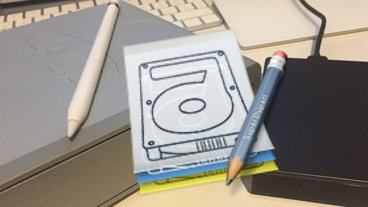Blackmagic Design announces the availability of DaVinci Resolve 17.4, making the software significantly faster on the new MacBook Pro models that feature Apple's M1 Pro and M1 Max chips.
DaVinci says that overall, the Resolve 17.4 update improves the decoding speed of 12K Blackmagic RAW files by a factor of three, and rendering H.265 files is 1.5 times faster. This combined with the hardware speed improvements of the M1 Pro and M1 Max makes the overall speed up to five times faster for most uses of the application.
Also included in the update is added support for ProMotion 120Hz displays, making smoother UI and playback experiences. HDR viewers are supported on the new MacBook HDR displays.
Facial recognition, object detection, and smart reframing are now up to four times faster thanks to increased Neural Engine performance on the M1 Pro and M1 Max.
DaVinci Resolve 17.4 has also added Dropbox Replay integration. Users can now upload their videos straight from DaVinci Resolve Studio to Dropbox Replay. Dropbox Replay comments and annotations will instantly sync with the DaVinci Resolve timeline, too.
There have been improvements made to the subtitling features, such as automatic resizing of backgrounds and cursor placement when creating captions.
Expanded support for automatic color management makes it easier to set up projects, while support for ACES 1.3 allows editors to more accurately display wide gamut images.
Other key updates include new Resolve FX including film halation, an improved 3D keyed and matte finesse controls, and the ability to export timeline marker titles as YouTube video or Quicktime chapters.
DaVinci Resolve 17.4 is available for download from the Blackmagic Design website.
 Amber Neely
Amber Neely








 Charles Martin
Charles Martin

 Malcolm Owen
Malcolm Owen
 William Gallagher
William Gallagher

 Christine McKee
Christine McKee
 Wesley Hilliard
Wesley Hilliard









4 Comments
I don't recall which site it was off of (read on Flipboard) but I read an article over breakfast where they were benchmarking Premiere Pro and comparing to various PC configurations with discrete GPUs. They seemed impressed by the CPU performance, but underwhelmed by the GPU performance - although if you read it closely it wasn't far off the PC discrete GPU performance.
DaVinci seems to have done a better job of optimizing for the M1/Metal combo.